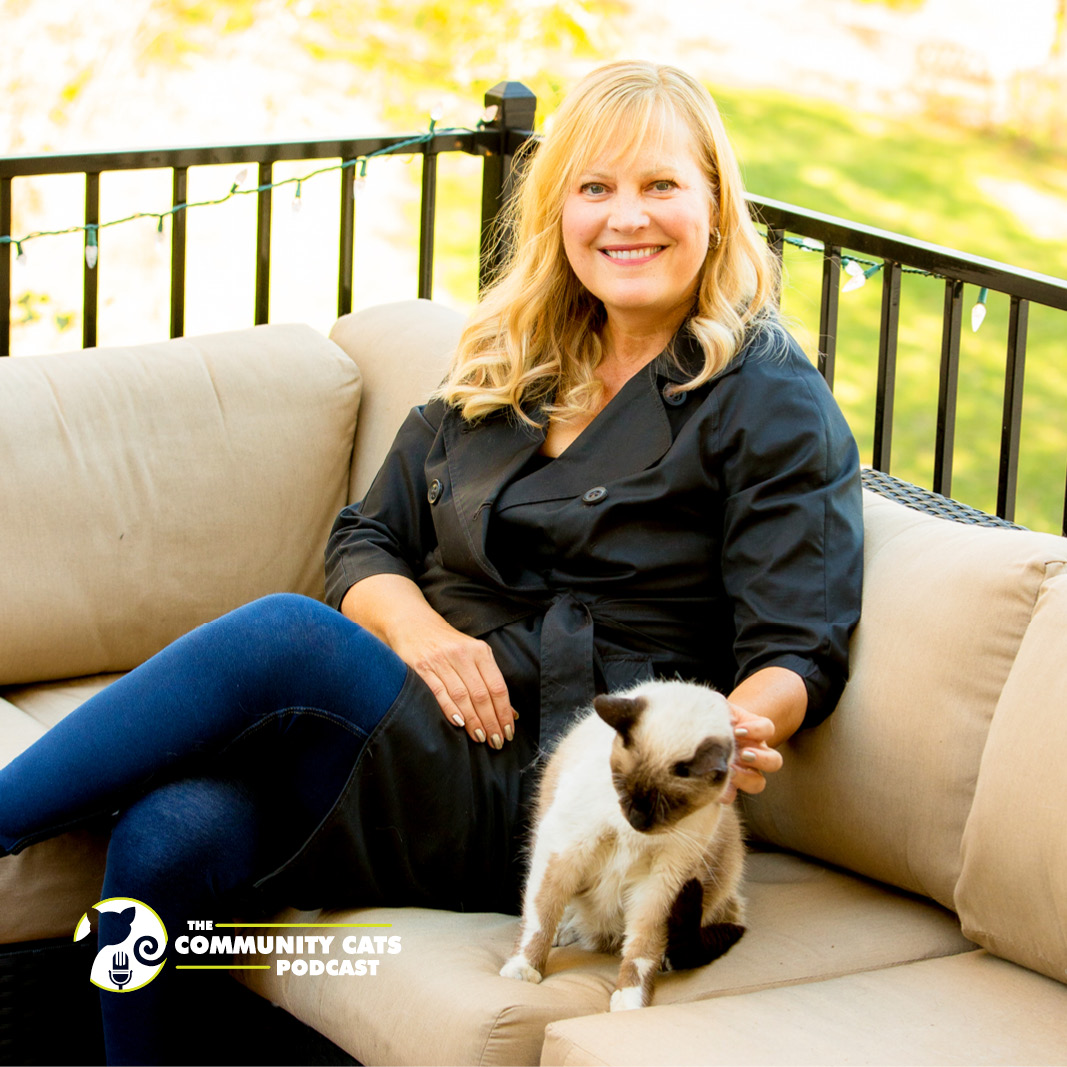
Deborah Cribbs, Chair of the Board of Trustees for Joanie Bernard Foundation & The Ten movement
May 4, 2021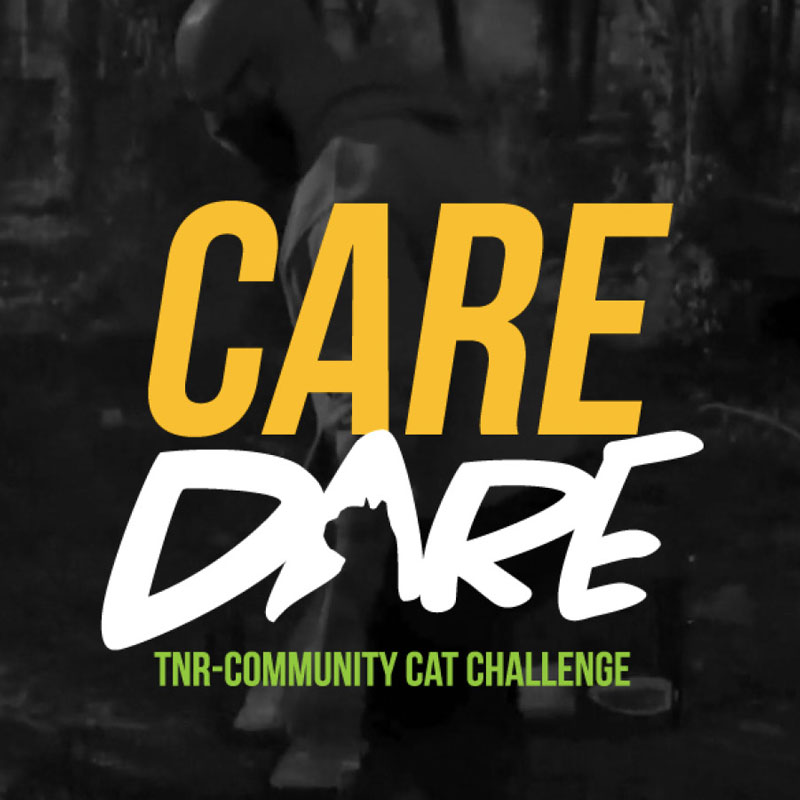
Special Episode! Care Dare
May 7, 2021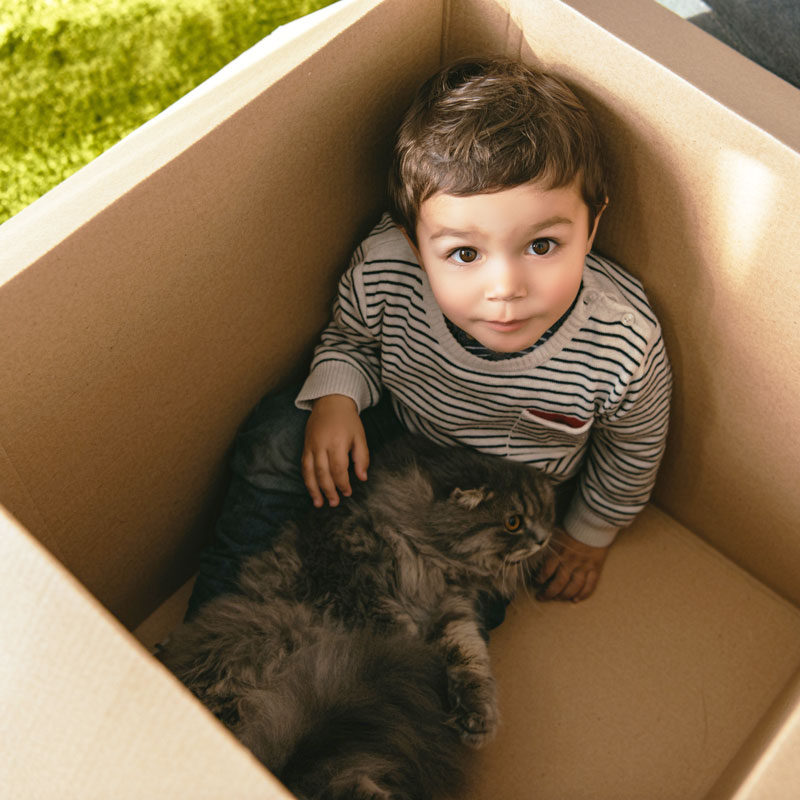
Though there is anecdotal evidence that bonds and interactions with animals can help autistic children, there isn’t much research on the subject. I recently watched an interesting lecture by Dr. Gretchen Carlisle, Research Scientist at the Research Center for Human Animal Interaction (ReCHAI), University of Missouri College of Veterinary Medicine, about her Human Animal Bond Research Institute-funded project, “The Impact of Shelter Cat Adoption in Families of Children with Autism Spectrum Disorder.”
One in fifty-four children is diagnosed with autism. Autism can present challenges for children such as hypo- and/or hyperactive sensory issues, decreased tolerance for change, anxiety, problem behaviors, and sleep disorders. The autistic population is very diverse so there are no universally effective approaches to treatment. Human animal interaction is one of the approaches that Dr. Carlisle studies.
Dr. Carlisle’s goal in her research is to develop an understanding of the kinds of animals that are most beneficial to autistic children and to study the psychological influence of pets in their homes. The purpose of this study was to examine the impact of a cat on social skills and anxiety in an autistic child, the bonding by the child and parents with the cat, and to investigate stress in cats introduced into the family of an autistic child.
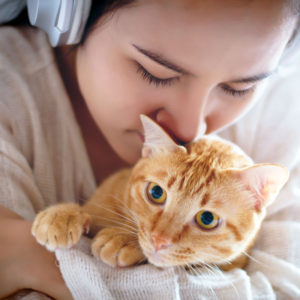 There have been studies that look at the benefits of pet ownership in families with neurotypical children. These studies have shown benefits for the children’s social skills and communication, companionship, and stress relief. Predominantly, these studies have looked at dogs, however.
There have been studies that look at the benefits of pet ownership in families with neurotypical children. These studies have shown benefits for the children’s social skills and communication, companionship, and stress relief. Predominantly, these studies have looked at dogs, however.
There are fewer studies specifically about autistic children and pets, but those few have also demonstrated benefits in social skills and communication, companionship, and stress. One study and several surveys have suggested that the same pet may be more tolerant and accepting of behaviors of an autistic child than they are of a neurotypical child. In other words, while a pet may walk away from a neurotypical child exhibiting a certain behavior, that pet might stay and remain engaged with an autistic child exhibiting the same behavior, suggesting that pets adjust their behavior to interact with autistic children. (The references for all the studies mentioned by Dr. Carlisle are available in her presentation.)
In Dr. Carlisle’s study, families were randomized to one of two groups: a treatment group that adopted a cat and was observed by the researchers for eighteen weeks; or a control group, which was followed for eighteen weeks before they adopted a cat. After adoption, that group was observed for eighteen more weeks. The children in the study were aged 6–14 and the cats were aged 10 months–4 years, came from two shelters, and were screened using the Feline Temperament Profile.
The Feline Temperament Profile screening was intended to be an objective measure of the cats’ temperament, and helped to identify cats with calm, social temperaments. Cats were required to have a score of 20 or greater to be adopted through the study. Interestingly, while performing the screenings, researchers found that cats housed in an animal shelter in a group setting had generally higher acceptable temperament scores.
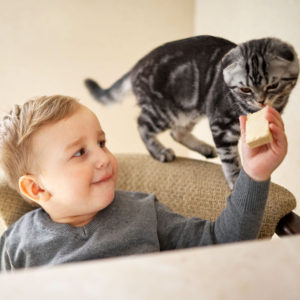 The results of the study showed that after adopting a cat, the autistic children showed increased empathy, decreased separation anxiety, and fewer behavior problems like bullying, hyperactivity and inattention, and externalizing. Both the children and the parents developed strong bonds with their cats early on in the study, and those bonds stayed strong despite any burdens that caring for the cat may have added to the family. The results of studying the stress levels of the cats themselves are still being reviewed, but that information will be very useful for future treatments involving human animal interaction.
The results of the study showed that after adopting a cat, the autistic children showed increased empathy, decreased separation anxiety, and fewer behavior problems like bullying, hyperactivity and inattention, and externalizing. Both the children and the parents developed strong bonds with their cats early on in the study, and those bonds stayed strong despite any burdens that caring for the cat may have added to the family. The results of studying the stress levels of the cats themselves are still being reviewed, but that information will be very useful for future treatments involving human animal interaction.
This study could have implications for families with autistic children for pet selection, behavior support, and pet welfare. Veterinarians could be a great support for these families in selecting the right pet for their family, dealing with any behavior challenges the pet might have, and monitoring pet stress. More research on this subject is still needed, however, including more studies with cats and other pets, more randomized controlled trials instead of just surveys and larger sample studies, longitudinal findings (following participants over time to see longer term effects), and studies looking at the impact of pets on family functioning as a whole. With more study, vets, shelter professionals, and parents of autistic children will be empowered to find the right pet for families with neurodivergent members.
A note about language: Though the scientific community prefers to refer to autism as Autism Spectrum Disorder (ASD) and autistic children as “children with autism,” I have chosen to use identity-first language instead of person-first language. Many autistics see autism as a fundamental part of their identity and do not wish to stigmatize autism by calling it a “disorder,” or saying that it is something they “live with.” When speaking about an autistic individual, it is always important to ask them how they prefer to be identified (“person with autism” or “autistic person”), as every person is different. It’s also important to discuss the word “treatment.” Some organizations are looking for “cures” for autism. This is problematic because those organizations are not run by autistic people and most of the autistic community doesn’t want to be cured; they just want to be better understood and accommodated by neurotypical society. Treatments for autism, such as human-animal interaction, should be intended to assist autistic people in coping with living in a world that was designed by neurotypical people, and should not be intended to “cure” a child of autism.
 Originally from Colorado, Krista Beucler received a Bachelor of Arts in creative writing at the University of Mary Washington (UMW) in Virginia. She was the editor-in-chief for Issue 7.2 of the Rappahannock Review, the literary journal published by UMW. Krista’s creative work has been published in From Whispers to Roars literary magazine. She is spending COVID-19 at home with her cats.
Originally from Colorado, Krista Beucler received a Bachelor of Arts in creative writing at the University of Mary Washington (UMW) in Virginia. She was the editor-in-chief for Issue 7.2 of the Rappahannock Review, the literary journal published by UMW. Krista’s creative work has been published in From Whispers to Roars literary magazine. She is spending COVID-19 at home with her cats.




